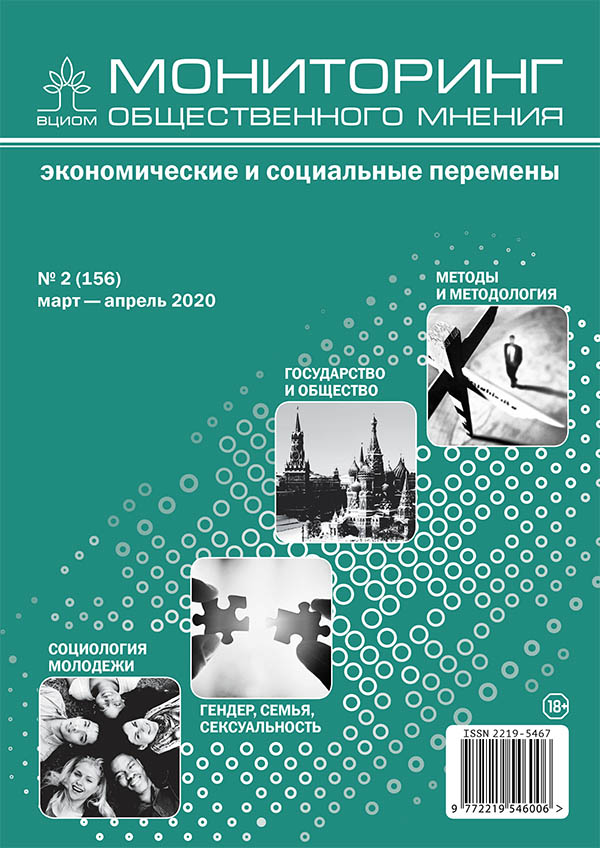Transnational Migrants in the Internet: Theoretical Foundations for Studying Transnationalism Online
DOI:
https://doi.org/10.14515/monitoring.2020.2.1637Keywords:
transnationalism, transnational migration, Internet, online, sociology of spaceAbstract
The paper provides a theoretical foundation to address the question whether it is possible to become a transnational migrant while using Internet resources, i.e. to be a transnational migrant yet not to cross national borders. The author puts forward the arguments clarifying the essence of the question and outlines possible answers to it. The paper starts with a review of definition of transnationalism, updates the notion of transnational migration and outlines the importance of online technologies for dynamics of transnationalism. The author defines and distinguishes the following concepts: “internet”, “world wide web”, “cyber” “virtual”, “online”, and “offline”. Based on A. Filippov’s sociology of space, the author provides three answers to the question of whether internet is a space: 1) Internet is not spatially organized, however, space could be thematized in the internet; 2) There are specific spaces of interaction in the internet; (3) Internet is a space constituted by online routes. In concluding part of the paper, two types of online transnationalism are proposed: ‘routing transnationalism’ and ‘transnationalism of interaction spots’. The author concludes that these two types have to be viewed as ideal types of transnationalism.
Acknolegments. The study was supported by Russian Science Foundation, grant no. 18-78-10049.






